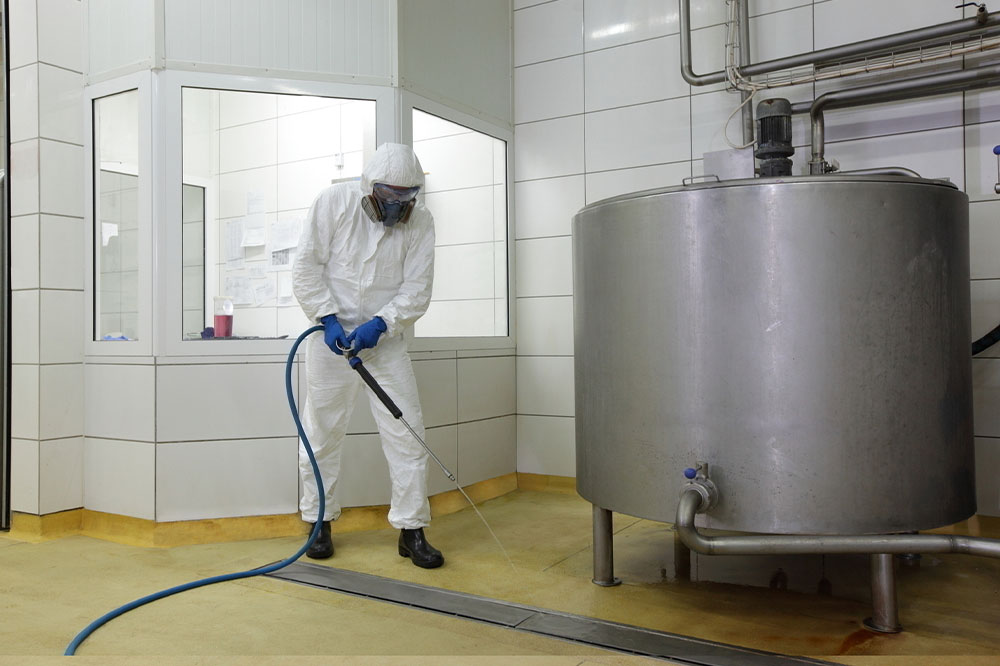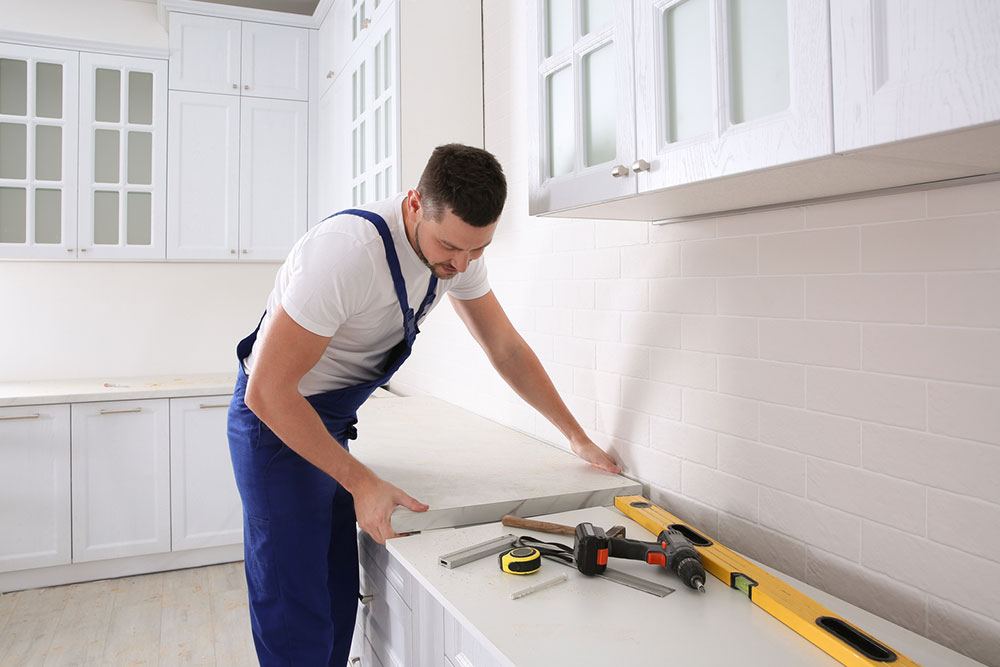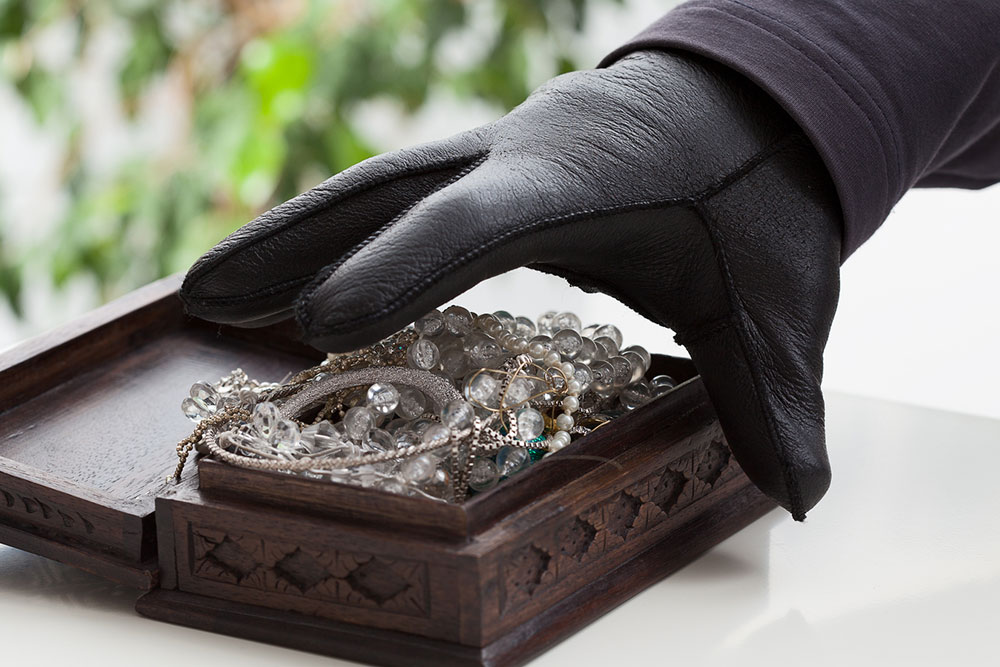Water tank cleaning – Process and safety measures

Regular cleaning of home water tanks is crucial to maintaining the quality and safety of the stored water. The process helps remove sediment, bacteria, and other contaminants while prolonging the tank’s lifespan. This article will present a comprehensive, step-by-step process for cleaning your home water tank. Additionally, we will discuss important safety measures to consider throughout the cleaning process, ensuring the well-being of yourself and your household.
Step-by-step process to clean a water tank
Here are the steps to clean a water tank:
- Conduct a thorough inspection of the water tank
Before initiating the cleaning process, it is important to assess the condition of your water tank. The inspection can include the tank’s depth, the debris’s location, dirt and other sediments that need to be cleared, the tank’s design, and its overall condition. You can also go over the tank and look for potentially risky cleaning areas. A risk assessment helps avoid mishaps and ensures a smoother cleaning process. - Disinfect the tools
Cleaning a tank may require using many tools, including bleach, a mop, a vacuum that can be either dry or wet, and a pressure washer or pump if needed. These tools may have been stored for an extended period and are likely to harbor bacteria.







